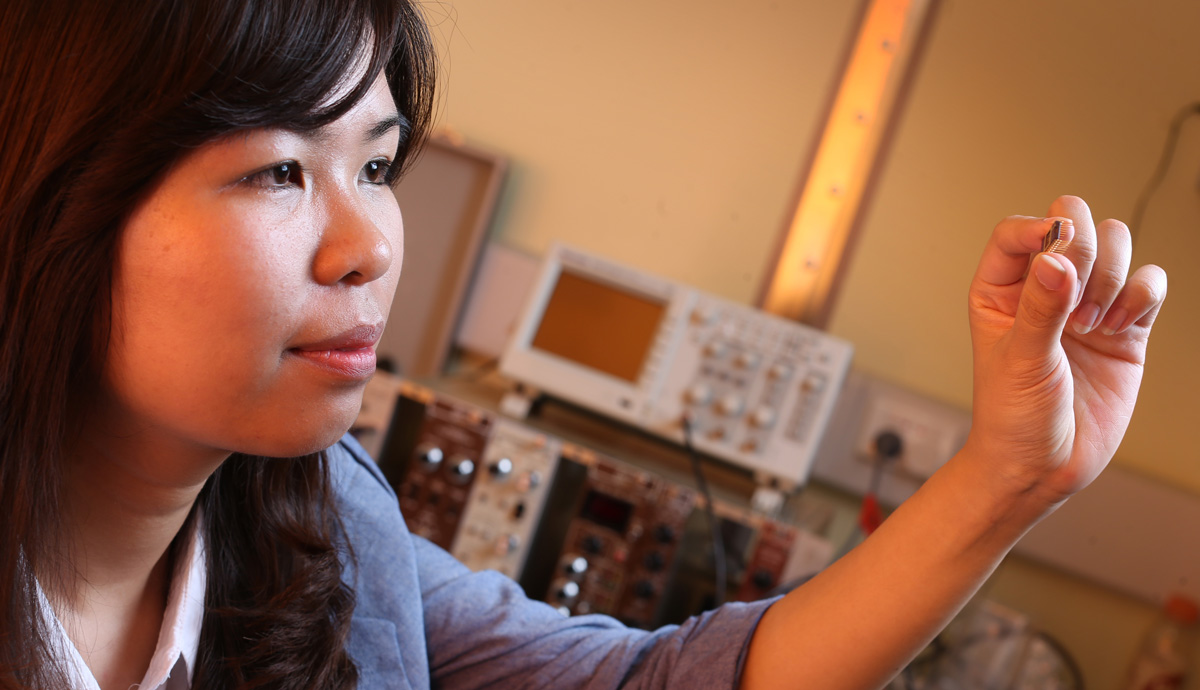March 24, 2016
Exchange program aids pioneering treatment for cancer
One of the new frontiers in cancer treatment is charged particle therapy which uses protons or heavy ions as opposed to traditional X-rays.
According to the Director of UOW’s Centre for Medical Radiation Physics (CMRP), Distinguished Professor Anatoly Rozenfeld, particle therapy was particularly advantageous for the treatment of solid tumours because of the highly localised energy deposited by charged particles.
And one of the main benefits for cancer patients is the avoidance of having their surrounding healthy tissue from being damaged.
This research will take another major step forward following the announcement that Dr Linh Tran from CMRP has been selected as one of 10 leading Australian researchers to participate in the Australia-Japan Bilateral Exchange Program.
Dr Tran, who is a joint postdoctoral Research Fellow with CMRP and ANSTO will have as her host Professor Naruhiro Matsufuji from the National Institute of Radiological Science (NIRS) in Chiba, Japan.
NIRS is a world-leading radiological research institute established in 1957 as Japan’s only institute of radiology, and since then has been the driving force behind the advancement of radiation sciences such as radiation oncology physics, medical physics and radiobiology over recent decades.
The program, funded by a grant from the Australian Academy of Science, allows the Australian early and mid career researchers to travel to Japan in 2016-17 to work on a diverse range of projects.
Dr Tran’s project is the Development of 3D semiconductor microdosimetric sensors for Relative Biological Effectiveness (RBE) determination in 12C heavy ion therapy.
Successful treatment with proton and heavy ions depends on knowledge of the Radiobiological Efficiency of the radiation produced by primary and secondary charged particles. Australia and Japan are both heavily active in the field of Proton and Heavy Ion Therapy.
While in Japan, Dr Tran will also visit Gunma University’s Heavy Ion Therapy facility.
Recently, Dr Tran with her CMRP colleagues carried out research at prestigious proton therapy centres in the United States at the Mayo Clinic and the Harvard Medical School/Massachusetts General Hospital (MGH) which demonstrated strong advancement of Australian radiation detection science.
Dr Tran has published several peer review papers that have been very well accepted internationally.
Professor Rozenfeld said the CMRP, which is part of the School of Physics within UOW’s Faculty of Engineering and Information Sciences, is the largest medical physics education and research institution in the Asia-Pacific region.
Professor Rozenfeld founded the CMRP in 2002.
The CMRP has pioneered proton therapy research in Australia since the late 1990s.
In partnership with ANSTO, the Prince of Wales Hospital and the Children’s Hospital at Westmead, the CMRP is also leading the Australian Heavy Ion Therapy initiative which aims to build the first national particle therapy research and treatment centre in Australia.
